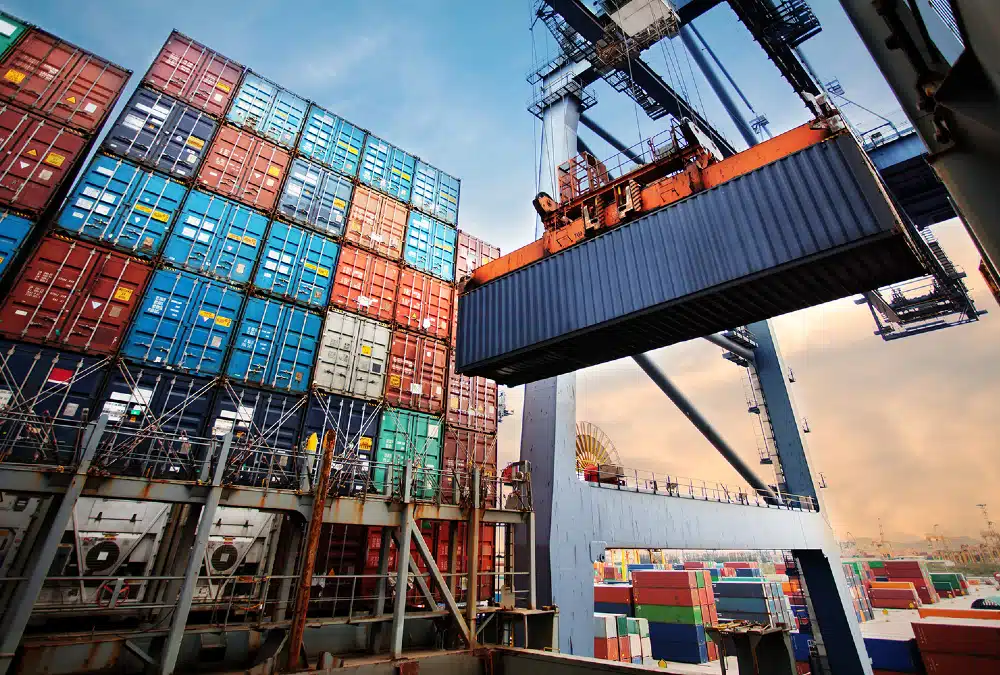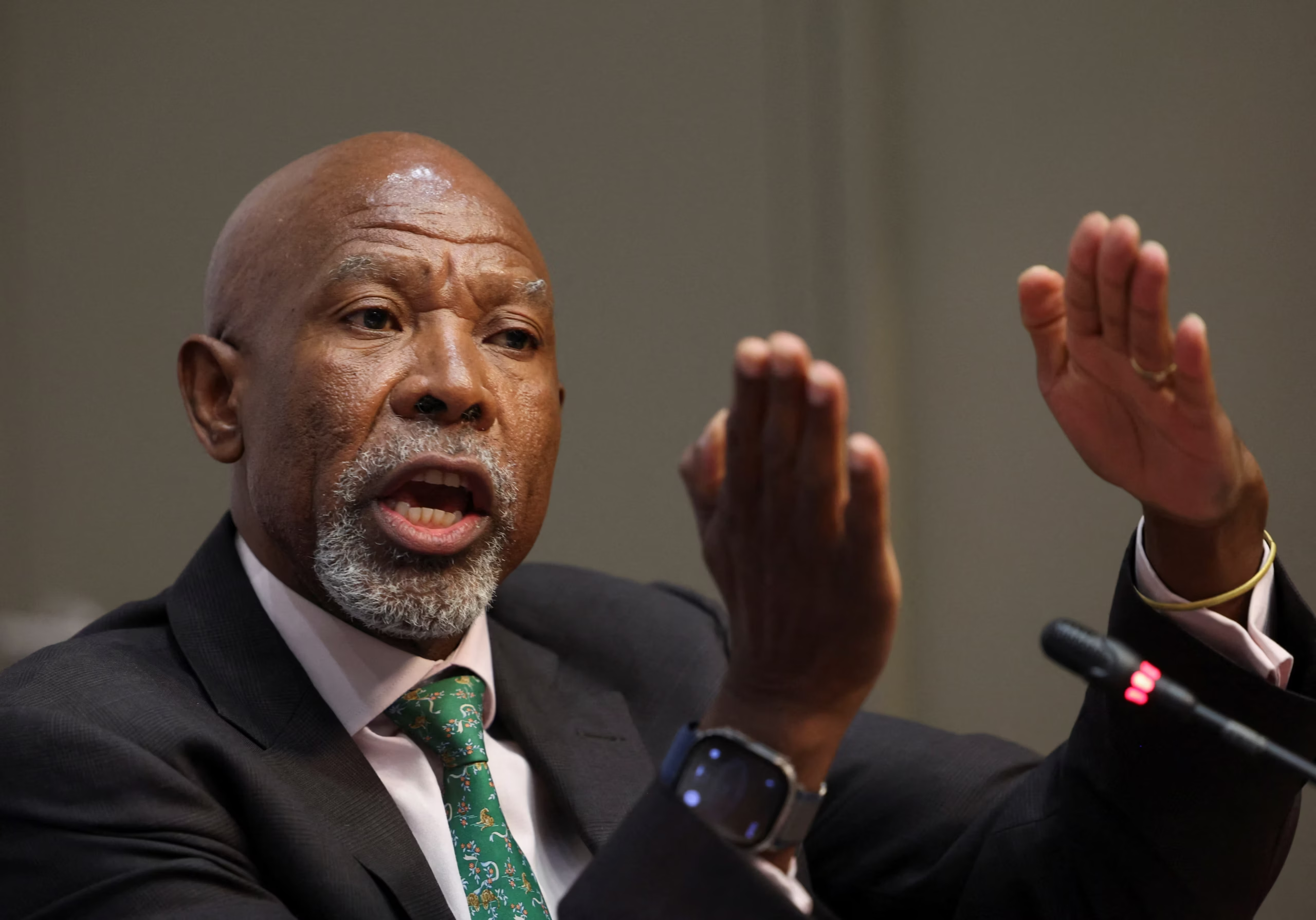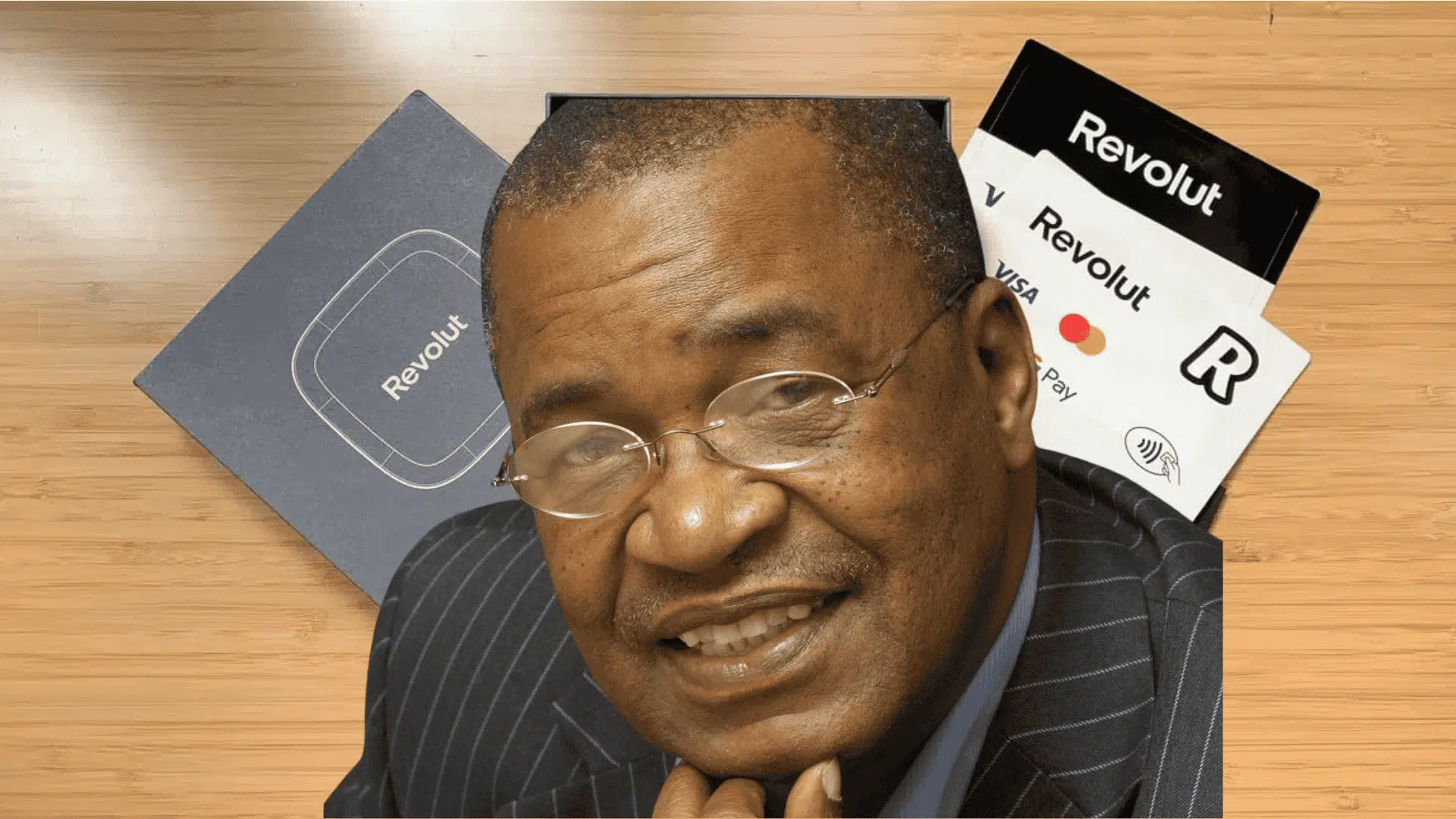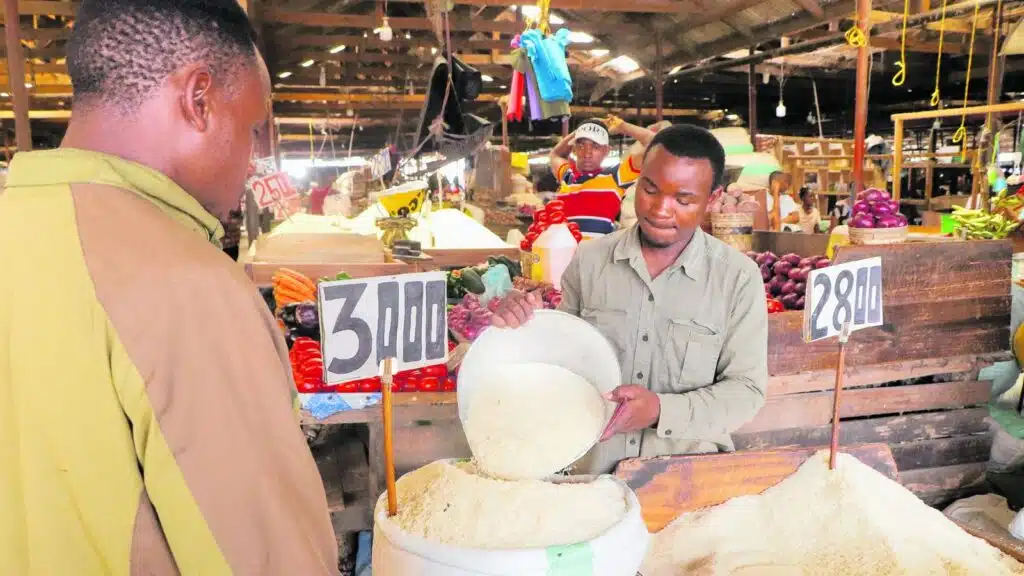South Africa’s retail market grew for the fourth consecutive year in 2024, with sales reaching $72.6 billion, according to new data from Euromonitor International, a global market research firm.
The continent’s largest retail economy has steadily expanded since 2021, when sales rebounded from $56.2 billion in 2020 to $60.8 billion. Momentum continued with $65.1 billion in 2022 and $68.8 billion in 2023, underscoring the sector’s resilience amid economic headwinds.
Year-on-year growth, however, remained subdued at 5.6% in 2024, well behind regional counterparts such as Nigeria, which recorded a 30.7% surge in sales — the fastest expansion among reviewed markets.
The 2024 headline figure came despite one of the toughest consumer environments in recent memory, marked by high unemployment, a cost-of-living crisis, and prolonged borrowing costs at a 15-year peak.
By July 2024, the South African Reserve Bank (SARB) had kept its prime lending rate unchanged at 8.25% for the 15th consecutive time to beat inflation. This was the highest level since 2009.
Retailers also grappled with supply chain disruptions from geopolitical tensions in the Red Sea, while currency depreciation and rising prices further squeezed disposable incomes.
Still, the London-based research firm noted that “categories such as grocery retailers and pharmacies remained resilient as consumers prioritised essential products.”
Support from policy reforms
To ease household pressures and stimulate growth in the retail sector, the South African government launched a series of targeted policy reforms in 2024, according to the report.
In September, authorities implemented a two-pot retirement scheme, allowing consumers to withdraw up to 10% of their retirement funds, capped at ZAR30,000 ($1,701 at current rates). The move injected much-needed liquidity into households ahead of the year-end shopping season.
Monetary policy adjustments also supported spending. As inflationary pressures moderated, the SARB cut its benchmark lending rate in two consecutive 25-basis-point reductions, offering relief from previously elevated borrowing costs.
Tax reforms added another layer of support. The South African Revenue Service introduced stricter rules for cross-border e-commerce platforms such as Shein and Temu, raising import duties and value added tax to curb foreign competition.
“These regulations include increased customs duties and import VAT, aimed at protecting local retailers and generating government revenue,” the Euromonitor report said.
Under the revised tax system, customs duties are determined by the type, value, and origin of imported goods, impacting categories from clothing and jewellery to household items.
While the higher charges drove up costs for some consumers, the analysts noted that the measures gave local platforms a more level playing field, reinforcing retail growth.
Market diversification and innovation drive growth
Even with policy support, retailers were forced to adapt to a tough macroeconomic climate, as consumers grew increasingly price-sensitive. Companies responded by restructuring their offerings and seeking new revenue streams.
“Leading retailers expanded into niche segments such as pet stores to capitalise on demand for premium products among affluent shoppers,” Euromonitor noted. The strategy not only widened market reach but also helped safeguard margins.
Strategic acquisitions and divestments were also prominent. Pepkor, one of South Africa’s largest retail groups, acquired the home products division of supermarket chain Shoprite to strengthen its presence in household goods.
E-commerce platform Takealot, meanwhile, divested its online fashion platform Superbalist to streamline operations and focus on core business lines.
In addition, digital payment innovations reshaped the retail landscape in Africa’s most industrialised nation in 2024. “More operators are starting to adopt Buy Now Pay Later (BNPL) solutions to boost average basket size,” Euromonitor said.
The research firm noted that innovation in BNPL is strengthening the trend, encouraging higher consumer spending through flexible payment options while reducing risks for retailers.
Future outlook
Looking ahead, Euromonitor expects South Africa’s retail market value to expand further, supported by rising consumer demand, population growth, and gradual improvements in economic conditions
The firm forecasts households will regain confidence in spending on discretionary goods as inflation eases and borrowing costs moderate.
Infrastructure expansion will also play a key role, enabling retailers to reach previously underserved areas.
New shopping malls in both urban and rural regions are expected to broaden access to formal retail, while improvements in digital infrastructure will provide e-commerce operators with more opportunities to grow.
“The industry is likely to see intensified competition, leading new players to differentiate their offerings by focusing on niche markets, such as premium or sustainable products, to remain relevant,” Euromontor added.
Government support for the sector, including initiatives that bolster domestic production, is likely to remain a critical driver of growth, the firm said.
Combined, these factors suggest a retail landscape that is increasingly diversified, technologically enabled, and resilient to economic fluctuations.
NB: Exchange rate as of August 19, 2025 stood at ZAR17.3/$1











